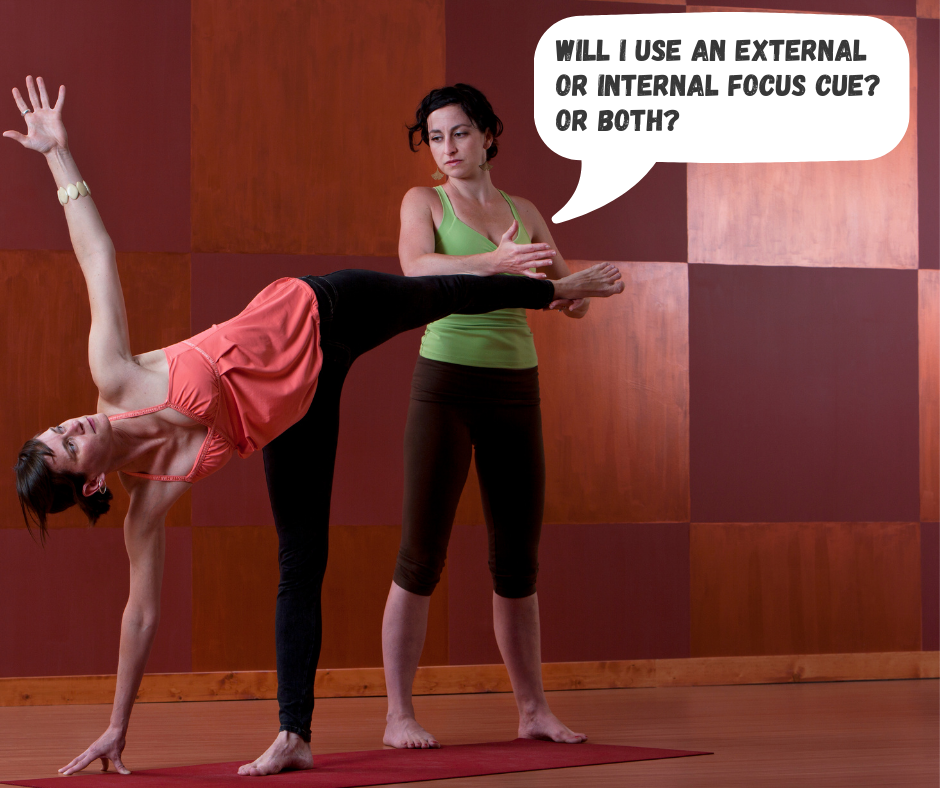What’s This Research About?
It’s good to have more than one movement strategy in order to adapt to small changes in task, equipment, personal state. This can also help with preventing injuries. Elite athletes and skilled laborers have good movement variability.
Plenty of previous research shows that external focus of attention is effective during goal-directed movement tasks (standing balance, dart throwing, jump height and distance). There’s also research that shows that external focus can increase movement variability.
The goal of this study is to determine how shifting attentional focus might alter movement variability. The researchers hypothesized that adopting an external focus (instead of internal focus) of attention would cause greater movement variability (greater performance-stabilizing variability and performance-destabilizing variability).

TITLE: Changing one’s focus of attention alters the structure of movement variability
PUBLICATION: Human Movement Science
DATE: 2018
AUTHORS:Abbigail L. Fietzer, Carolee J. Weinstein, Kornelia Kulig
External focus of attention: directing a person’s attention during movement externally to their environment
Internal focus of attention: directing a person’s attention to details of the movement and/or actions of their own body
Kinematic variability: variation within joints during movement; often used to describe the size and effectiveness of balance corrections in the presence of perturbations
Movement variability: Variations during movement; the ability to accomplish the same movement task, multiple ways
Uncontrolled manifold analysis: Divides movement variability into performance-stabilizing and performance-destabilizing types (movement variability that doesn’t affect performance). The authors used this framework to analyze movement variability.
Performance-stabilizing variability: has no impact on the value of the performance. It occurs “within the foot-to-floor, ankle and knee intersegmental sagittal angles where deviation in one or more of these angles is offset by a compensatory shift in one or more of the other angles. This allows for a consistent leg orientation or vertical leg length across hopping repetitions at a given time-point.”
Performance-destabilizing variability: leads to inconsistency in the task (movement variability that does affect performance). It occurs “within the foot-to-floor, ankle and knee intersegmental sagittal angles where deviation in one or more of these angles is not offset by a compensatory shift in one or more of the other angles. This results in an inconsistent vertical leg length or orientation across hopping repetitions at a given time-point.”

